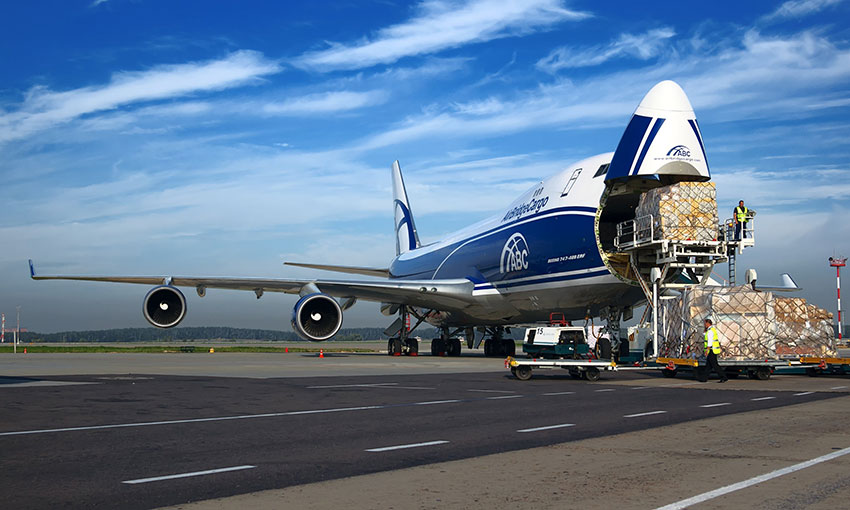GLOBAL demand for air cargo fell 14.9% (measured in cargo tonne-kilometres) in January compared with the same month last year, according to the latest data from the International Air Transport Association (IATA).
Capacity, measured in available cargo tonne-kilometres (ACTK), was up 3.9% compared with January 2022.
According to IATA, this was the first year-on-year growth in capacity since October 2022. International cargo capacity increased 1.4% compared to January 2022.
“The uptick in ACTKs reflects the strong recovery of belly capacity in passenger airline markets offsetting a decline international capacity offered by dedicated freighters,” IATA said in a statement.
IATA director general Willie Walsh said 2023 began under challenging business conditions, with demand down and capacity up.
“That was accompanied by persistent uncertainties, including war in Ukraine, inflation, and labour shortages,” he said.
“But there is solid ground for some cautious optimism about air cargo. Yields remain higher than pre-pandemic. And China’s much faster than expected shift from its zero-Covid policy is stabilising production conditions in air cargo’s largest source market. That will give a much-needed demand boost as companies increase their engagement with China.”
Asia-Pacific airlines saw their air cargo volumes decrease by 19% in January 2023 compared with the same month in 2022, according to the IATA data.
This was an improvement in performance compared to December (-21.2%).
Airlines in the region continue to be impacted by lower levels of trade and manufacturing activity and disruptions in supply chains due to the residual effects of Covid restrictions that were imposed by China.
Additionally, the positioning of the Lunar New Year would have impacted cargo volumes in January. Available capacity in the region increased by 8.8% compared with January 2022.





